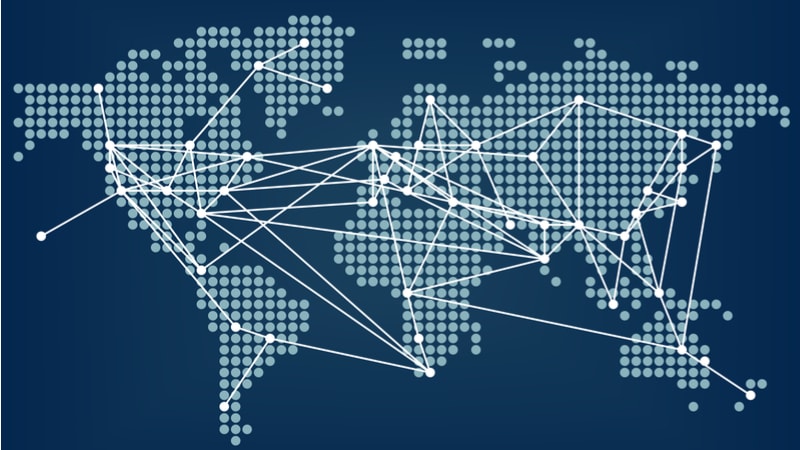
The United States Agency for International Development operates in over 100 countries, providing foreign aid and humanitarian assistance. On March 2, approximately 65 percent of the overseas workforce logged in to their computers at USAID facilities while just 22 percent of the nearly 7,000 overseas staff logged in remotely or teleworked.
A global pandemic and a little over month later, telework among the overseas staff had increased almost four times. 82 percent of the overseas workforce logged in remotely on April 16 while only 6 percent logged in at USAID facilities abroad.
“We [continue] to work with our overseas Missions where telework is not practical or a regular work modality,” said USAID Acting Spokesperson Pooja Jhunjhunwala, “leveraging connectivity options such as our Virtual Desktop Infrastructure, a cloud productivity suite of mail and collaboration tools, and our mobile and cloud strategies to keep the work of USAID moving forward in this crisis situation.”
USAID’s shift to telework abroad represented an even larger shift than the effort to telework among the workforce in the United States.
Approximately 45 percent of USAID’s domestic workforce logged in remotely on March 2. More workers teleworked on that day than logged in at USAID facilities with approximately 43 percent logging on at USAID facilities.
Despite the large numbers of teleworkers domestically, the agency started training for expanded telework readiness on March 9. Virtual telework training sessions reached over 1,600 employees with mandatory telework training, Jhunjhunwala said.
After mid-March guidance from the Office of Management and Budget (OMB), the entire domestic USAID workforce began immediate telework to the greatest extent possible. During the first week of mandatory telework, Jhunjhunwala said, the Office of the Chief Information Officer staff trained over 1,000 staff on accessing the Agency’s systems remotely, published an Agency IT Telework Guide, and provided points of contacts for connectivity issues.

“USAID had nearly all U.S.-based staff, and a good portion of our overseas staff, up and running within the first few days of the mandatory telework orders in mid-March,” Jhunjhunwala said. USAID has over 12,500 total staff with about 5,500 employees in the United States.
By April 16, just 1 percent of the domestic workforce logged in at USAID facilities while 85 percent of the staff in the United States logged in remotely. Jhunjhunwala credits the agency’s successful telework transition to updating IT systems.
“Our IT modernization efforts have helped with an ever-increasing telework load on our systems, which have been performing optimally and with plenty of capacity as more overseas-based staff begin to telework,” Jhunjhunwala said. “The Agency’s Office of the Chief Information Officer closely monitors our Daily Telework Tracker, which provides a single portal for Agency and COVID-19 Task Force leadership to monitor the impact of increased telework across our network, applications, and IT infrastructure.”
The agency produces a report, which analyzes key data sets of system performance, Jhunjhunwala said. She noted that the telework numbers include members of USAID workforce, regardless of hiring mechanism, adding that, as a result, the numbers are higher than what will be reported to the Office of Personnel Management, which is limited to direct-hire staff.
The agency’s shift to telework comes amidst a change in leadership at the organization. USAID also released its first ever digital strategy earlier this month.
